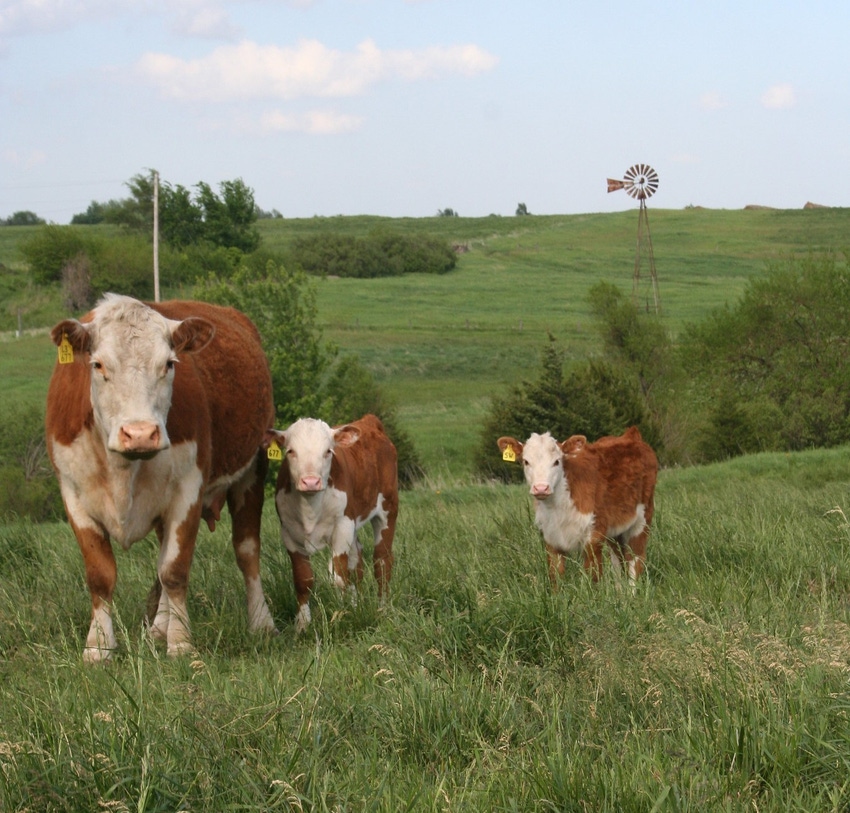Empower Your Business: Bagley Risk Management Insights
Empower Your Business: Bagley Risk Management Insights
Blog Article
Recognizing Animals Danger Security (LRP) Insurance Policy: A Comprehensive Guide
Navigating the world of livestock danger security (LRP) insurance policy can be an intricate endeavor for several in the agricultural field. This sort of insurance policy provides a safety web against market changes and unexpected circumstances that can affect livestock manufacturers. By recognizing the complexities of LRP insurance coverage, manufacturers can make educated choices that might protect their operations from economic risks. From how LRP insurance coverage operates to the various protection choices available, there is much to uncover in this thorough guide that could potentially shape the means animals producers approach risk administration in their companies.

How LRP Insurance Functions
Sometimes, comprehending the mechanics of Animals Threat Defense (LRP) insurance policy can be intricate, yet breaking down just how it works can provide quality for farmers and breeders. LRP insurance policy is a risk monitoring tool created to shield animals manufacturers against unanticipated price decreases. The plan allows manufacturers to set an insurance coverage level based upon their particular demands, selecting the variety of head, weight range, and insurance coverage cost. As soon as the policy remains in location, if market costs fall below the protection rate, producers can submit an insurance claim for the distinction. It's important to keep in mind that LRP insurance is not a revenue warranty; rather, it focuses exclusively on price danger protection. The coverage duration typically varies from 13 to 52 weeks, providing adaptability for producers to select a duration that lines up with their manufacturing cycle. By making use of LRP insurance coverage, ranchers and farmers can mitigate the financial threats related to changing market rates, guaranteeing higher security in their procedures.
Eligibility and Protection Options

When it comes to coverage choices, LRP insurance policy supplies manufacturers the adaptability to pick the insurance coverage degree, protection period, and endorsements that finest suit their risk monitoring demands. By recognizing the qualification requirements and coverage alternatives readily available, animals producers can make informed choices to take care of danger successfully.
Advantages And Disadvantages of LRP Insurance Coverage
When evaluating Livestock Risk Security (LRP) insurance, it is crucial for animals producers to weigh the downsides and advantages inherent in this threat administration tool.

One of the key benefits of LRP insurance is its capacity to provide defense versus a decrease in animals prices. Furthermore, LRP insurance coverage supplies a degree of adaptability, permitting manufacturers to tailor coverage degrees and plan periods to fit their certain requirements.
One constraint of LRP insurance coverage is that it does not protect versus all types of dangers, such as disease episodes or natural disasters. It is essential for manufacturers to very carefully evaluate their specific danger direct exposure and Read More Here monetary situation to figure out if LRP insurance coverage is the right danger management device for their operation.
Comprehending LRP Insurance Premiums

Tips for Making The Most Of LRP Conveniences
Making the most of the advantages of Animals Threat Protection (LRP) insurance policy calls for tactical planning and positive threat management - Bagley Risk Management. To maximize your LRP coverage, take into consideration the complying with pointers:
Regularly Examine Market Conditions: Keep informed regarding market fads and price changes in the livestock sector. By checking these aspects, you can make informed decisions regarding when to acquire LRP coverage to secure versus prospective losses.
Establish Realistic Coverage Degrees: When picking insurance coverage degrees, consider your production costs, market value of animals, and possible threats - Bagley Risk Management. Establishing practical insurance coverage degrees makes sure that you are properly safeguarded without overpaying for unnecessary insurance policy
Expand Your Coverage: Instead of depending entirely on LRP insurance policy, think about diversifying your threat monitoring methods. Integrating LRP with other threat administration tools such as futures agreements or alternatives can supply extensive protection versus market unpredictabilities.
Evaluation and Change Coverage Frequently: As market problems transform, periodically assess your LRP protection to ensure it lines up with your present danger direct exposure. Adjusting coverage levels and timing of acquisitions can assist optimize your threat security strategy. By following these pointers, you can maximize the benefits of LRP insurance and guard your livestock procedure against unanticipated risks.
Final Thought
To conclude, animals risk security (LRP) insurance policy is an important device for farmers to manage the economic risks related to their animals procedures. By comprehending just how LRP functions, eligibility and protection alternatives, as well as the pros and disadvantages of this insurance, farmers can make informed choices to shield their source of incomes. By meticulously thinking about LRP costs and applying strategies to make the most of advantages, farmers can Continued minimize possible losses and ensure the sustainability of their operations.
Livestock producers interested in getting Livestock Risk Security (LRP) insurance can discover a range of eligibility standards and coverage options tailored to their certain livestock operations.When it comes to insurance coverage choices, LRP check that insurance provides producers the versatility to choose the protection level, coverage duration, and recommendations that ideal fit their danger administration requirements.To understand the ins and outs of Animals Threat Security (LRP) insurance policy totally, recognizing the variables affecting LRP insurance policy costs is important. LRP insurance premiums are established by numerous aspects, including the insurance coverage degree selected, the anticipated cost of livestock at the end of the coverage duration, the type of animals being guaranteed, and the length of the insurance coverage duration.Review and Readjust Protection On a regular basis: As market conditions transform, regularly evaluate your LRP coverage to guarantee it aligns with your existing danger exposure.
Report this page